An ulcer diet focuses on managing symptoms and promoting healing by avoiding irritants and emphasizing nutrient-rich, gentle foods that reduce stomach acid and inflammation, supporting recovery and comfort.
1.1 Understanding the Purpose of an Ulcer Diet
An ulcer diet is designed to alleviate symptoms, promote healing, and prevent further irritation of the stomach lining. Its primary goal is to reduce inflammation and acid production, creating a healing environment for ulcers. By avoiding spicy, acidic, fatty, and fried foods, the diet minimizes discomfort and supports recovery. Emphasizing gentle, nutrient-rich foods like high-fiber options, probiotics, and lean proteins helps restore the gut lining. This approach not only manages pain but also addresses underlying causes, offering long-term benefits for digestive health and preventing future complications. A well-planned ulcer diet is essential for effective symptom management and overall well-being.
1.2 Benefits of Following an Ulcer-Friendly Diet
Adhering to an ulcer-friendly diet offers numerous benefits, primarily reducing symptoms like pain, bloating, and heartburn. It promotes healing by minimizing stomach acid and inflammation, allowing the stomach lining to repair itself. This dietary approach also prevents further irritation and complications, such as bleeding or perforation. By focusing on nutrient-rich, easily digestible foods, individuals can enhance their overall digestive health. Additionally, an ulcer-friendly diet helps identify and avoid personal triggers, providing long-term relief and improving quality of life. Consistency in following this diet can lead to faster recovery and sustained well-being.
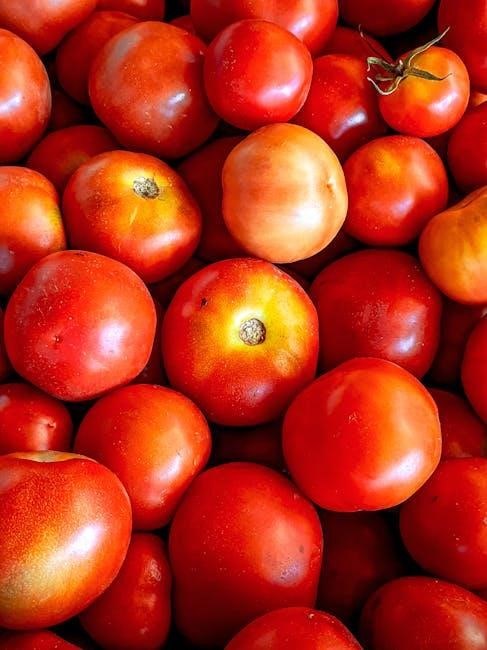
Best Foods to Include in an Ulcer Diet
Incorporate gentle, nutrient-rich foods that reduce inflammation and aid healing. Opt for whole grains, lean proteins, non-acidic fruits, and vegetables like bananas, oatmeal, and steamed greens to soothe the stomach.
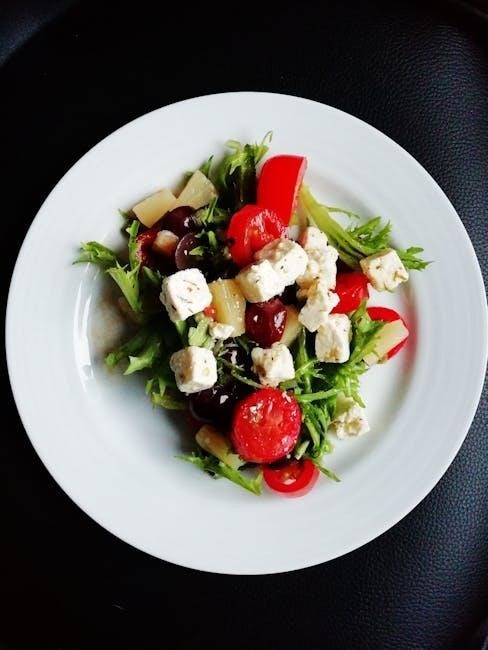
2.1 Foods Gentle on the Stomach
Foods gentle on the stomach are essential for ulcer management; Include non-acidic fruits like bananas and apples, as well as steamed vegetables such as carrots and green beans. Whole grains like oatmeal and rice are also soothing. Lean proteins like chicken and fish, when cooked without spices, are easy to digest. Avoiding irritants ensures the stomach lining can heal without further inflammation. These foods provide necessary nutrients while minimizing discomfort and promoting a calm digestive environment.
2.2 High-Fiber Foods for Healing
High-fiber foods play a crucial role in healing ulcers by reducing stomach acid and strengthening the mucus barrier. Incorporate whole grains like oatmeal, barley, and quinoa, which are gentle and nutrient-rich. Fruits such as apples, pears, and berries (without seeds) are excellent choices due to their anti-inflammatory properties. Cooked vegetables like broccoli, spinach, and carrots are also beneficial. Legumes, including lentils and chickpeas, support digestion and provide essential nutrients. These foods promote a balanced gut environment, aiding in the repair of the stomach lining and preventing further irritation. A high-fiber diet is key to long-term healing and digestive health.

Foods to Avoid for Stomach Ulcer Management
Spicy, acidic, fatty, and fried foods can irritate the stomach lining, worsening ulcer symptoms. Avoid alcohol, caffeine, and high-sodium processed foods to promote healing and comfort.
3.1 Spicy and Acidic Foods
Spicy and acidic foods are known to exacerbate stomach ulcer symptoms by irritating the stomach lining and increasing acid production. Examples include hot peppers, chilli sauces, citrus fruits like oranges and lemons, and tomatoes. These foods can cause discomfort, pain, and slow the healing process. To manage ulcers effectively, it is crucial to eliminate or significantly reduce the consumption of these items from the diet. Patients should opt for milder alternatives to avoid triggering painful episodes and promote a smoother recovery.
3.2 Fatty and Fried Foods
Fatty and fried foods are difficult to digest and can worsen stomach ulcers by delaying gastric emptying, which increases pressure on the stomach lining. These foods, such as fried meats, processed snacks, and fast food, often remain in the stomach longer, leading to increased acid secretion. Over time, this can irritate the ulcer site and hinder the healing process. It is advisable to avoid these foods to prevent discomfort and promote a faster recovery. Opting for lean proteins and low-fat, steamed, or baked options can help manage symptoms more effectively.
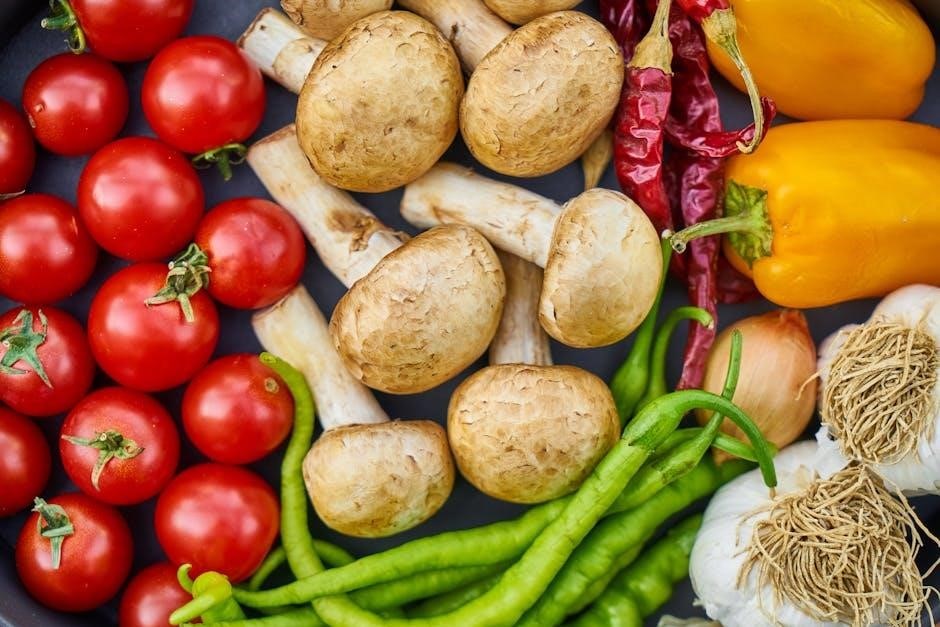
Meal Planning Tips for Ulcer Patients
Plan meals around small, balanced portions to avoid overloading the stomach. Focus on gentle, nutrient-rich foods and avoid triggers to support healing and reduce discomfort.
4.1 Healthy Breakfast Ideas
A gentle, nutritious breakfast is essential for ulcer management. Opt for oatmeal with honey, whole-grain toast with avocado, or scrambled eggs with spinach. Smoothies made with yogurt, bananas, and berries are also soothing. Avoid spicy or acidic foods like citrus or tomatoes. Incorporate lean proteins like turkey or chicken for added nutrition without irritation. Herbal teas or warm water can aid hydration. Portion control is key to prevent overwhelming the stomach. These options provide a balanced start to the day while minimizing discomfort and supporting healing. Consistency in choosing mild, easily digestible foods helps maintain a healthy digestive system.
4.2 Balanced Lunch and Dinner Options

For lunch and dinner, focus on balanced, gentle meals that promote healing. Grilled or baked lean proteins like chicken, fish, or tofu are excellent choices. Pair these with steamed vegetables such as carrots, zucchini, or green beans, which are easy to digest and rich in fiber. Whole grains like quinoa, brown rice, or whole-grain pasta provide sustained energy without irritation. Incorporate probiotic-rich foods like yogurt or kefir to support gut health. Avoid heavy sauces, spices, or fried items. Opt for light seasoning with herbs instead of acidic or spicy condiments. Ensure portions are moderate to prevent stomach overload. Drinking water or herbal teas between meals aids digestion and keeps the stomach lining protected. These meals are designed to minimize discomfort while providing essential nutrients for recovery and overall well-being.
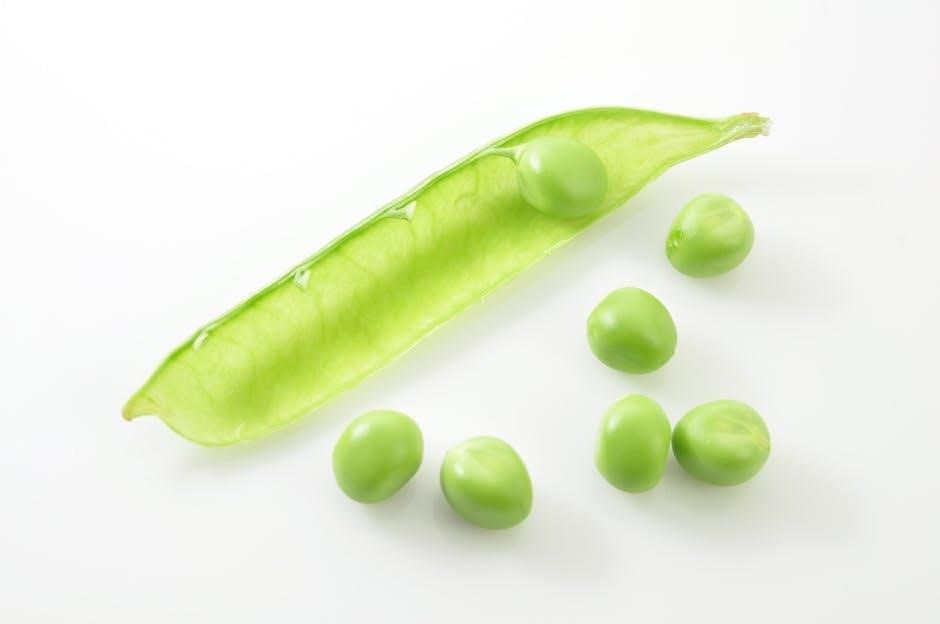
Maintaining a Balanced Diet While Managing Ulcers
Maintaining a balanced diet involves incorporating probiotics, prebiotics, and staying hydrated to support digestion and protect the stomach lining, while avoiding irritants to prevent discomfort and promote healing.
5.1 Role of Probiotics and Prebiotics
Probiotics, found in foods like yogurt and kefir, support gut health by balancing beneficial bacteria, reducing inflammation, and enhancing the stomach lining’s protective barrier. Prebiotics, such as whole grains and vegetables, feed these beneficial bacteria, promoting a healthy digestive environment. Together, they aid in healing ulcers, improving digestion, and preventing relapses by maintaining a robust gut microbiome. Incorporating these into an ulcer diet can significantly support recovery and overall digestive well-being.

5.2 Importance of Hydration
Staying hydrated is essential for digestion and overall health, especially for ulcer patients. Water helps dissolve nutrients and medications, making them more effective. It also aids in maintaining a healthy digestive tract and preventing symptoms like bloating and discomfort. Avoid carbonated beverages, as they can irritate the stomach lining. Opt for water, herbal teas, or clear broths to ensure proper hydration without exacerbating symptoms. Drinking enough fluids supports the healing process and helps maintain a balanced digestive system, reducing the risk of complications and promoting recovery.
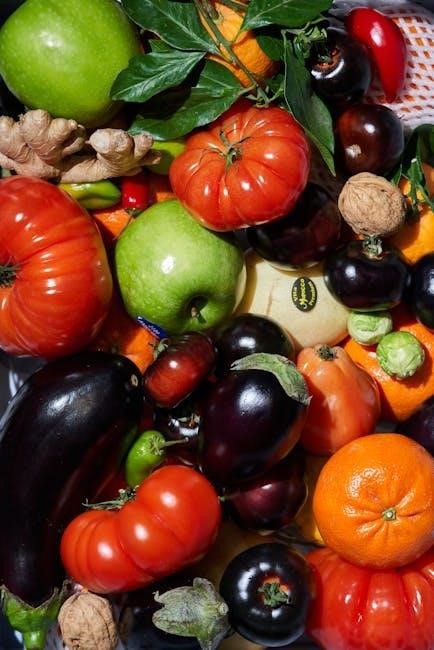
Managing Triggers and Preventing Relapses
Identifying and avoiding personal triggers is crucial for preventing relapses. Strategies include tracking food intake, avoiding irritants, and maintaining a consistent, ulcer-friendly diet to promote long-term healing.
6.1 Identifying Personal Food Triggers
Identifying personal food triggers is essential for managing ulcers effectively. Common triggers include spicy, acidic, or fatty foods, as well as caffeine, alcohol, and high-sodium items. Keeping a food diary can help track which foods worsen symptoms. By monitoring reactions to specific foods, individuals can create a tailored list of items to avoid. This personalized approach ensures that dietary choices align with healing goals and prevent relapses. Consulting with a healthcare provider or dietitian can further refine trigger identification and support long-term management strategies.
6.2 Strategies to Avoid Trigger Foods
Developing effective strategies to avoid trigger foods is crucial for ulcer management. Planning meals in advance helps prevent impulsive choices. Reading food labels carefully can identify hidden triggers like added acids or fats. Substituting problematic ingredients with gentler alternatives, such as choosing low-fat or non-dairy products, reduces irritation. Eating smaller, more frequent meals minimizes stomach overload; Avoiding eating close to bedtime can prevent nighttime discomfort. Building a support system, like sharing dietary needs with family or friends, enhances adherence to these strategies, promoting consistent avoidance of trigger foods and fostering a healing environment for the stomach lining.
An ulcer diet is essential for managing symptoms and promoting healing by avoiding irritants and emphasizing nutrient-rich, gentle foods that reduce stomach acid and inflammation.
7.1 Summary of Key Dietary Recommendations
Avoid spicy, acidic, and fatty foods to reduce stomach irritation. Limit alcohol, caffeine, citrus fruits, and tomatoes. Incorporate high-fiber foods, lean proteins, and whole grains to promote healing. Probiotics and hydration are essential. Eat smaller, frequent meals to avoid overloading the stomach. Avoid late-night eating to prevent acid reflux. Identify and avoid personal food triggers to manage symptoms effectively. A balanced diet tailored to individual needs can significantly aid in ulcer recovery and long-term digestive health.

7.2 Long-Term Benefits of an Ulcer Diet
Adhering to an ulcer diet long-term can prevent relapses, reduce symptoms, and support overall digestive health. It helps avoid triggers, reducing inflammation and acid production. A balanced diet promotes healing, strengthens the stomach lining, and prevents complications. Over time, it fosters healthier eating habits, improving nutrient absorption and energy levels. By minimizing irritants and emphasizing nourishing foods, an ulcer diet contributes to long-term well-being, reducing the risk of future ulcers and supporting a healthier lifestyle overall.
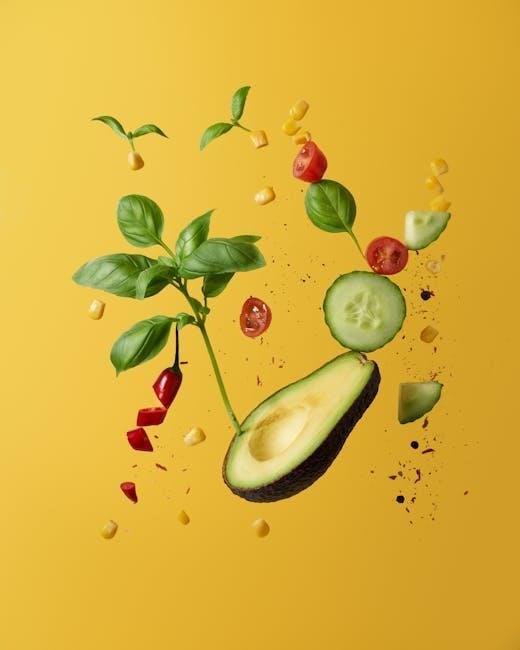



About the author